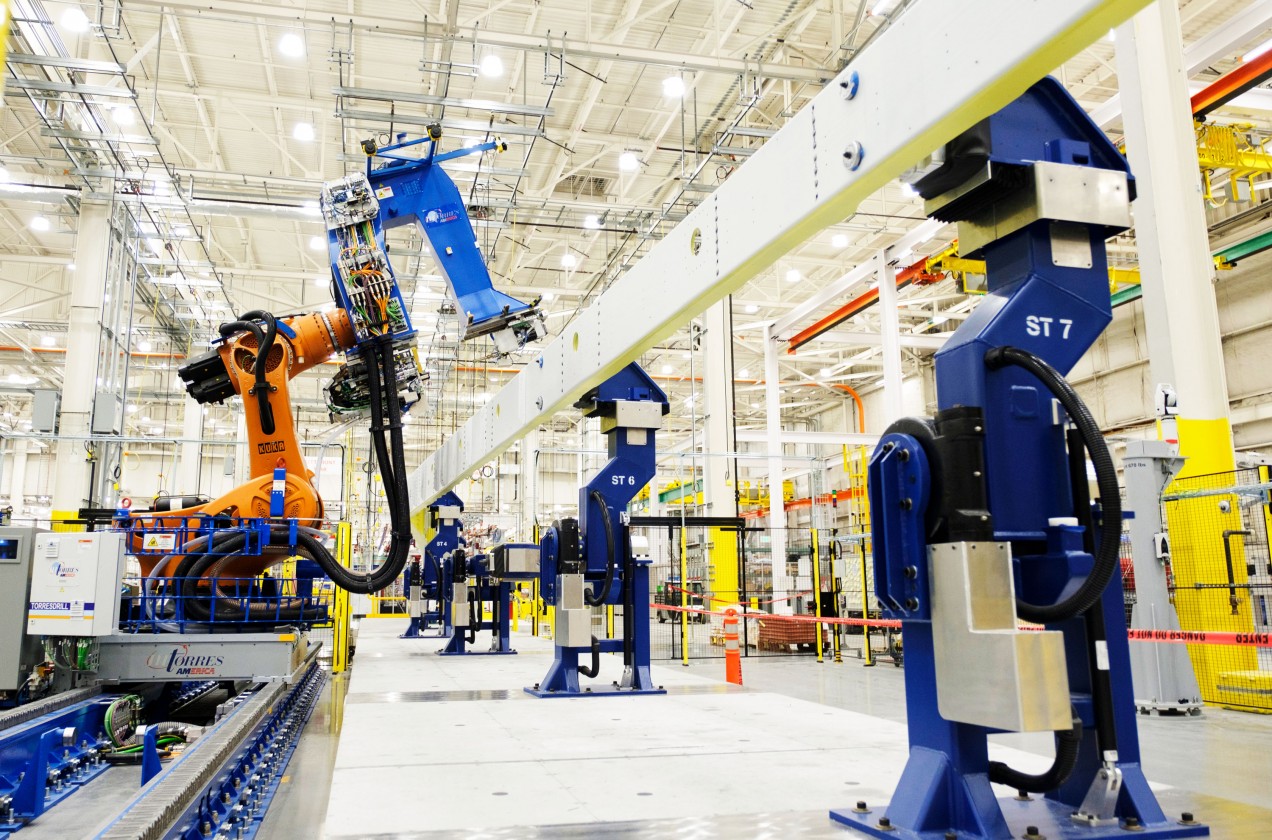

Future of Work / Manufacturing Automation
Where you live in the US can tell you how likely your job is to be automated
A new report shows small US cities and rural communities—as well as young people—are most likely to bear the brunt of automation.

If you are a young, minority employee working in a rural area of the US, the automation odds are not in your favor.
A new report from research group Brookings analyzed which areas in the US—and which groups—have the highest “automation potential.” This boils down to how likely it is that what you do could be carried out by technology instead. The researchers arrived at these numbers by combining calculations on the automation potential of tasks in each job and industry, taken from consulting group McKinsey, with state employment data and predictions.
For example, the roles of packaging and filling machine operators were assigned a 100% automation potential. So if everyone in the state of Nebraska was employed as a packing machine operator, the automation potential of the state would be 100%.
On the state level, there wasn’t a huge amount of variance. Indiana had the highest automation potential with 48.7%, while New York had the lowest with 42.4%. Because all states have both urban and rural areas, the differences aren’t especially pronounced.
However, when you drill down to smaller regions like counties or metropolitan areas—a population center combined with its surrounding suburbs—things get much more stark. Smaller cities in predominantly rural parts of the country were most at risk. “Newer technologies will put pressure on lower-skill jobs,” says lead report author Mark Muro. “Places that have already lost middle-skill jobs will now face pressure on [low-skill jobs] too.”
Of all US metropolitan areas, Dalton, Georgia, has the highest automation potential of 56%, followed by Kokomo, Indiana, with 54.7%. The Lexington Park, Maryland, area had the lowest automation potential with 39.1%.
Sharp differences can even be seen between metro areas within regions, something that state-level analysis doesn’t pick up. For example, while Dalton, Georgia, has the highest score, the state capital of Atlanta, just 100 miles away, has a much lower automation potential of 44.7%.
The report authors emphasize that these regional differences are why training and reskilling programs need to be organized and implemented on a local level. A program in Dalton would need to focus on preparing workers for a different set of jobs than one put in place in Atlanta, for example.
No matter where you live, underrepresented groups and younger workers disproportionately worked in jobs with a high number of automatable tasks. Workers aged 16 to 24 fill a large number of service and retail roles, which McKinsey says contain a high number of automatable tasks. Many don’t stay in these positions for their entire career, but if robots took over these roles, it could change the nature of early-career jobs and training.
The best way to protect yourself from automation: get a bachelor’s degree. Roles that had higher-level education requirements were less likely to be replaced by technology.
The speed at which these roles will be automated is still up for debate, though. Although Muro says the more gradual it is, the better, he is concerned the US may see an increase in the speed of automation soon if the economy takes a dive. “There’s a lot of literature that shows automation picks up especially in downturns,” he says. “I’m concerned about that.”